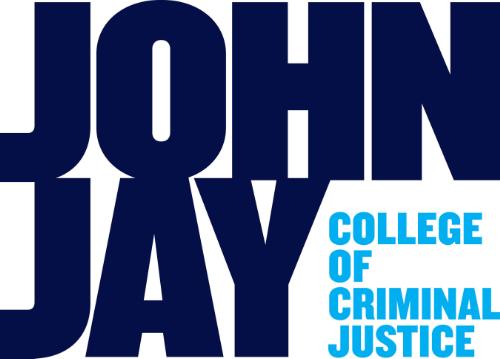
Publications and Research
Document Type
Article
Publication Date
2017
Abstract
Drug exposure during pregnancy constitutes a major legal issue and public health concern. Drug and metabolite determination in biological matrices from mother and newborn is an objective indication of prenatal drug exposure. However, limited data are available regarding the interpretation of these analytical results in terms of window of detection and degree of exposure. We collected paired maternal hair, meconium, placenta and umbilical cord from 727 mother-newborn dyads. We analyzed these specimens by liquid chromatography tandem mass spectrometry for the determination of cocaine, opioids, methadone and amphetamines, and compared the analytical results from the four different matrices. The cases were divided in non-exposure, low and frequent exposure, based on maternal hair concentrations and segmental analysis by trimesters. For cocaine, 64 cases tested positive in hair, 9 in meconium, 6 in placenta and 7 in umbilical cord. In the case of opioids, 14 maternal hair cases were positive, 11 meconium and umbilical cord and 9 placenta samples. For methadone, 11 cases were positive in hair, 9 in meconium and 6 in placenta and umbilical cord. For amphetamines, 18 cases were positive according to maternal hair, but all meconium, placenta and umbilical cord tested negative. Maternal hair was the most sensitive specimen to detect drug exposure during pregnancy. Meconium, placenta and umbilical cord tested positive if hair concentrations showed frequent drug use during the whole pregnancy, especially during the third trimester. Meconium, placenta and umbilical cord also tested positive for morphine and metabolites, if this drug was administered during labor and delivery.


Comments
This is the author's accepted manuscript of an article originally published in Drug Testing and Analysis, available at https://doi.org/10.1002/dta.2087.